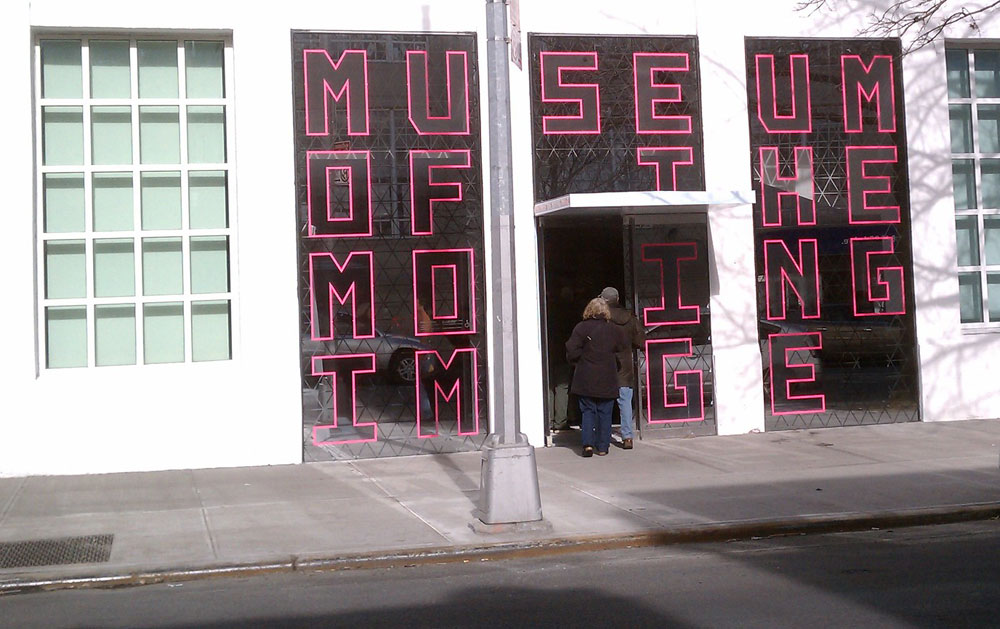
July 1, 2020; New York Times and NPR
When the National Endowment for the Humanities (NEH) announced additional funding of $40.3 million to go to projects at organizations across the US that have to “endure the economic hardships caused by the forced closure of their operations due to the spread of COVID-19,” many might miss the richness of the impact. Looking a little closer helps us understand the importance of this investment.
The support, as described, is restricted to any or all of the following:
- Salary support, full or partial, for one or more positions that are critical to an organization’s artistic mission.
- Fees for artists and/or contractual personnel to maintain or expand the period during which such persons would be engaged.
- Facilities costs such as rent and utilities
According to the NEH, the dollars went to organizations like the Heritage Center at the Red Cloud Indian School on the Pine Ridge Indian Reservation, which had to shut down during the virus and kept only four full-time staff, and the Museum of the Aleutians Association, which will keep on three staff who will catalog, digitize and upload content.
Many of the grantees submitted projects that involve digital work, reflecting the pandemic and demonstrating that Plato’s idea of mimesis—that art reflects current society—is correct. The American Museum of the Moving Image in Astoria, Queens, in New York is receiving funding for “Extending Our Reach: Developing Expanded Digital Content and Technical Capacity at Museum of the Moving Image Project Description,” acknowledging the ongoing need for online exhibitions. StoryCorps is receiving $131,238 for expenses linked to a project wholly about the virus. Even the Alvin Ailey Dance Foundation has been awarded a grant for digitizing archival materials.
Several recipients will use their grants to shift in-person programs and institutional resources online to reach a wider public during the pandemic. The Gilder Lehrman Institute of American History will help fill gaps in remote learning through online summer seminars and digital programming for K–12 US history educators. The American Writers Museum in Chicago will develop online exhibitions and curricular materials for the public, while Atlanta History Center will create a curriculum and virtual field trips for students in grades 3–12. Grants will provide for the expansion of Lakota language e-learning resources for teachers and schools in North Dakota and South Dakota, and will retain staff at the Reginald F. Lewis Museum of Maryland African American History & Culture to create an online version of its exhibition on the experiences of runaway slaves.
Sign up for our free newsletters
Subscribe to NPQ's newsletters to have our top stories delivered directly to your inbox.
By signing up, you agree to our privacy policy and terms of use, and to receive messages from NPQ and our partners.
Other grantees, such as City Lore in New York City, will document the pandemic’s impact on American communities. Radio Diaries will use NEH funding to create a series of first-person narratives, and Cold Spring Harbor Laboratory’s humanities center will work on a large oral history initiative documenting biomedical history and pandemic response since 1890.
The grants, while helpful, don’t come close to getting the arts nonprofits into fiscal wellness. NEH chair Jon Parrish Peede said in a statement, “We have witnessed tremendous financial distress at cultural organizations across the country, which have been compelled to furlough staff, cancel programs and reduce operations to make up for revenue shortfalls caused by the pandemic.”
The arts have suffered during the pandemic, especially museums and performance arts, which require an audience. The National Endowment for the Arts also acknowledges the arts are a significant part of the economy by offering grant money for overhead such as rent and utilities.
“I’m thankful we got the $75 million, because it is helping,” says NEA chairman Mary Anne Carter, but she wishes it were more. “I’ve said this over and over, the demand is so much greater than the supply.”
This is only the first step to help arts nonprofits recover from a pandemic and reinvent themselves as they work toward sustainability. The fact that they still remain after four months of minimal or absent funds because of an unforeseen lockdown demonstrates their resiliency.—Marian Conway













